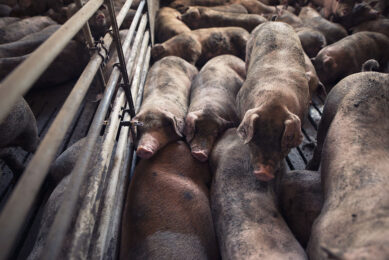COA: No evidence that ractopamine kills more pigs
Helena Bottemiller of Food Safety News wrote a report which claimed that ractopamine had “sickened or killed more than 218,000 pigs as of March 2011, more than any other animal drug on the market” since its approval for pigs in 1999 in the US. This led to the Council of Agriculture (COA), stating that it had not found evidence in the US to back up the claim.
Ractopamine, is a drug used as a feed additive to promote lean meat in pigs and cattle, and the drug is permitted in about 20 countries globally, including the US.
According to statistics from the US Food Safety and Inspection Service (FSIS), since ractopamine was first used in the US in 2000, there has been no increase in the death rate of pigs, the COA said.
These figures show pig mortality rate in the US, according to the COA:
- 0.3 percent in 1998
- 0.28 percent in 1999
- 0.29 percent in both 2000 and 2001
- 2002-2008 the rate was between 0.22 and 0.2 percent
- 2010 it was 0.17 percent
Bottemiller cited the US Food and Drug Administration (FDA) records, and said that ractopamine was fed to 60% – 80% of pigs in the US and pigs fed this drug ‘suffered hyperactivity, trembling, broken limbs, inability to walk and death.’
According to a news report by focustaiwan,Taiwan’s health inspection bureau Huang Kuo-ching said that even though FSIS statistics did not back the statements in Bottemiller’s report, they did not oppose her arguments either.
Ractopamone is currently banned in Taiwan. The US has urged Taiwan to change its zero-tolerance policy on ractopamine recently. It is therefore thought that the Taiwanese government might apply different ractopamine standards to local pork products and imported ones.
- For full article by Bottemiller: Dispute over Drug in Feed Limiting U.S. Meat Exports
- Also read: Taiwan may give into US demands concerning ractopamine in meat
Source: focustaiwan











